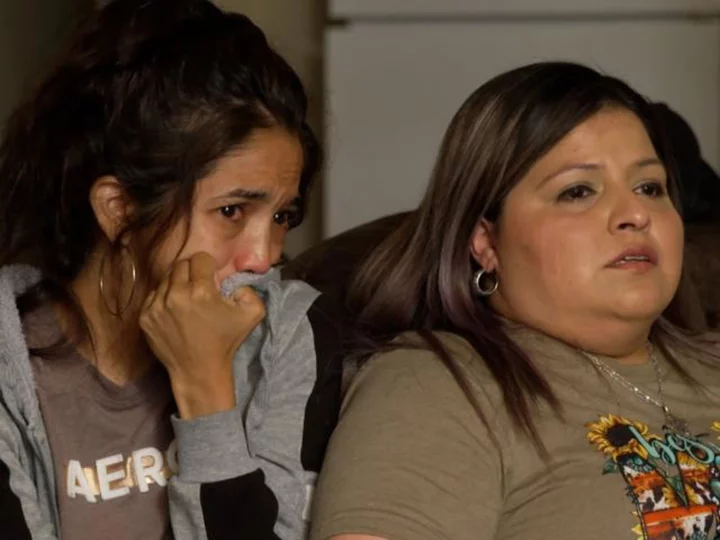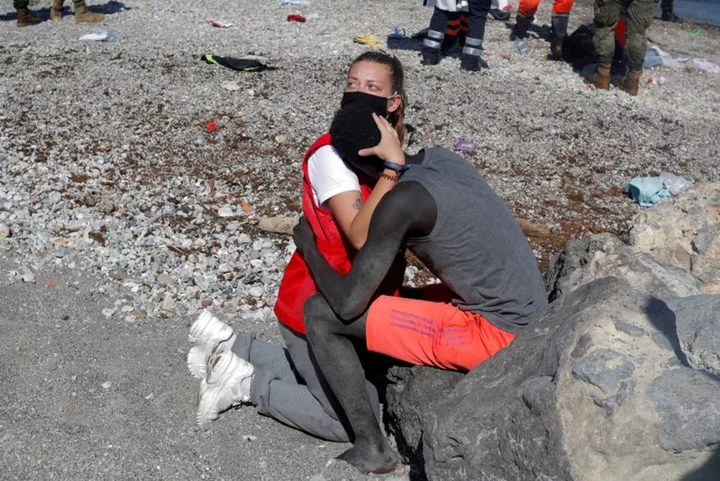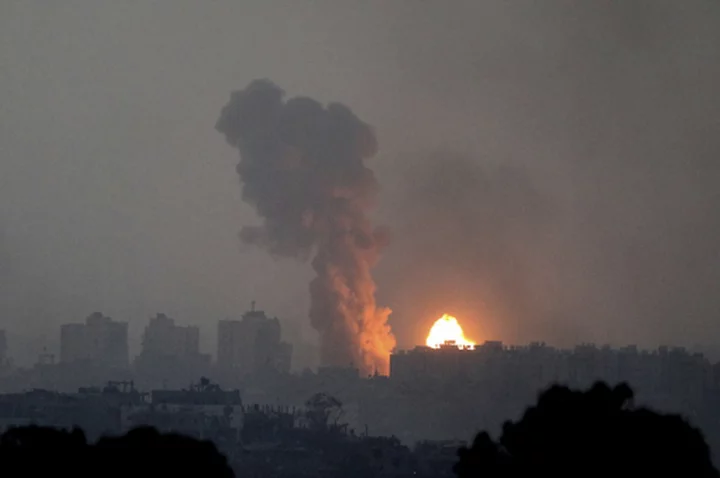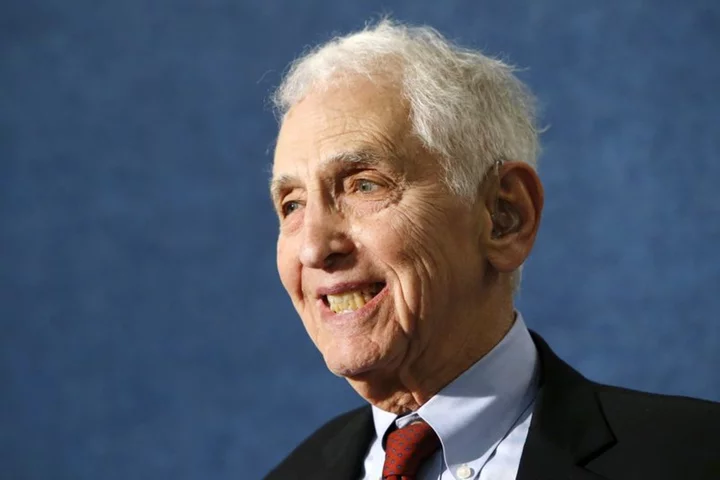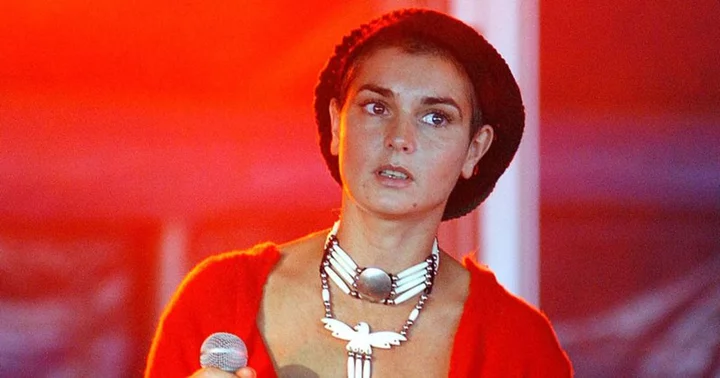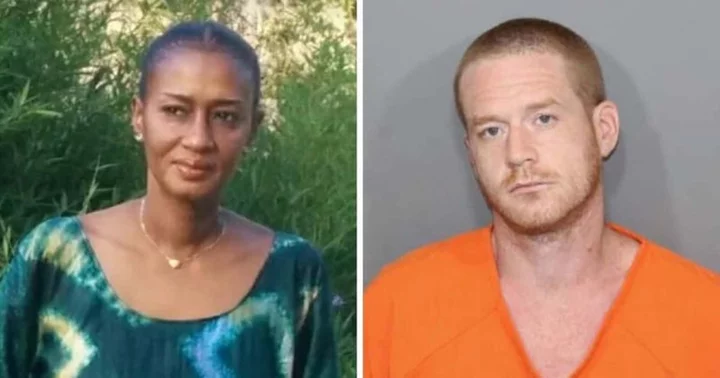Editor's note: This story contains graphic images and descriptions of the Uvalde school massacre. The children pictured all survived and their parents asked CNN to show the images for people to see what their sons and daughters had to endure and understand what this kind of violence does.
The mothers called and they texted. They wanted to see the videos that showed their children in some of the worst moments of their young lives: The footage from body cameras as the boys and girls were brought out, bloodied and traumatized after being left with a murderous gunman for 77 minutes in the classrooms of Robb Elementary School in Uvalde, Texas.
It was nearly a year since their children had survived the massacre of 19 of their fourth-grade classmates and two teachers. But they still had so many questions, and no one in authority seemed prepared to answer.
"We have to see it. We really do," Kassandra Chavez told CNN. She knew the footage existed and that the CNN team investigating the botched law enforcement response to the school shooting likely had it as part of the investigative materials we obtained and used in several exclusive reports about what had happened in the school last May 24.
CNN's role is not to give material directly to families, certainly not these graphic and horrific scenes of a cheerful elementary school hallway turned red with the blood of children. The release of body camera and surveillance video, along with accurate timelines of who did what and when, is typically the responsibility of the law enforcement agency involved, even if it shows officers in the wrong. That has happened recently in Memphis, Nashville and St. Louis.
But in Uvalde, District Attorney Christina Mitchell Busbee has locked down all investigative materials until she is done with her inquiry. Mayor Don McLaughlin went against her request to officials not to share information and released videos from the Uvalde Police Department officers on scene, but they only showed events before the breach.
And, the mothers said, that left too many questions about the trauma their children were still suffering and whether the rescue operation should have gone differently.
"We've only been called once or twice to the DA's office at the beginning and now we haven't been told nothing," Chavez said. "I mean, we're having to find out later or through social media that something is going on."
Knowing that the families -- along with other media organizations -- were being blocked from records that would normally be public, CNN made the exceptional decision to let the families watch.
We had already shared the heartbreaking and infuriating 911 calls made by two survivors, Khloie Torres and Miah Cerrillo, with their parents before we reported how those calls proved that law enforcement knew there were children trapped with the gunman who needed rescuing, some 40 minutes before officers entered the classroom. Those parents said the calls helped them understand a little more of what their children went through, and they wanted them to be broadcast. But still, they wanted to see the videos.
Tears and rage
So, on a recent spring evening, the mothers of five of the survivors from Room 112 gathered in front of a laptop and braced themselves.
Their children were out, as the fathers had been told to take them somewhere else. The trauma counselor who has worked with the families was on standby.
The women were warned once more that what was about to play was graphic, shocking and hard to watch. One by one, they reaffirmed it was what they wanted to do. Miguel Cerrillo, father of Miah, came into the room and said he wanted to watch, too. "I just want to see the big picture of it, exactly what she went through, where she was at," he said. "I want to see ... how they suffered and why they suffered so long."
The video starts with the sound of shots as officers finally enter the classrooms. The police said later the gunman came out of a closet at that point and fired at them, and they shot back, killing him.
Armed officers still lined the hallway. Some start to move towards the classrooms. "Kids! Kids! Kids!" one shouts as victims start to emerge. "Hands up, hands up!" the officer yells towards them. Then comes the call for everyone to hold, to be quiet.
Shouting soon starts again, with cries for EMTs to be let through first. One person is dragged out and down the hallway by their arms. Others are carried or pulled along. Screaming and bloodied children are urged to, "Move! Move! Move!" One is carried in an officer's arms. Another thrown over a shoulder and hustled away.
The parents watch intently and point out their children. "There's Jaydien, there's AJ, Khloie, Miah."
Tears come, but they don't look away.
The moms focused on their sons and their daughters. Miguel Cerrillo seems obsessed by the responders. "All those guns," he said, watching one officer apparently collect weapons so his colleagues would have their hands free to help. Rage boiled over in Cerrillo as he spoke of the 77 minutes his daughter and the others had had to wait for rescue, alone in a fourth-grade classroom, while heavily armed and trained officers debated what to do, and never tried the door handle to see if it was locked. "What are they still standing around for?" he asked as some officers hustled children out and others watched them.
As word begins to spread among the officers of the multiple deaths, those outside the school are reminded to keep the families away.
Cerrillo recalled how he had been there, among those families, shouting for information. And then he left the room, unable to watch more of the footage. "That's all I can see," he said as he stood up. In his yard, he vented to friends: "Every f**king cop that was there needs to turn their badge in. Every f**king cop in Uvalde needs to turn their badge in."
Bounced around in a bus
As EMTs treated multiple severely wounded children, other survivors were put on a school bus to be driven to the hospital, along with two officers from the Texas Department of Public Safety, both of whom were wearing body cameras.
Kassandra Chavez broke down as she watched her son, AJ, in pain. Kristina Olivares was barely able to watch as officers fought to keep her daughter, Kendall, conscious. Miah's mom, Abigale Veloz, sobbed.
Jamie Torres, who watched separately, told CNN she wanted to see the video of her daughter. "If she went through it, I should be strong enough to see it," she said. "I want to see everything that hurt my baby."
But she couldn't bear to watch the images of her daughter, wailing about her best friend who had been killed next to her and covered in someone else's blood that she had rolled in so she could pretend to be dead as well if the gunman looked at her. It was too much. The video had to be stopped.
Still, the mothers said they didn't regret watching it.
"We had to see it for ourselves, now we understand more," said Chavez, whose son, AJ, was shot through his thigh. "I'm happy he's here, I'm upset because of what he had to go through for 77 minutes, to see all his friends being carried out like rag dolls ... that's all the memories he has."
Olivares said she hadn't wanted to believe how ill her child had been as the bus was driven to the hospital, bouncing and jostling the children on the bench seats, but she got some answers. "Knowing that my daughter was passing out," she said was important because it was something Kendall had not remembered.
"Thank you for doing that," Chavez told CNN. "It gave her answers," she added, gesturing to Olivares. "It gave me closure, all of us closure."
The parents asked CNN to show the images of their injured and traumatized children, as just a fraction of the horror that day. They said they wanted people to understand more about the attack, for the officers involved to see their children and, as Torres said, "Make sure it doesn't happen again."
State senator, Roland Gutierrez, whose district includes Uvalde and who has become a vocal supporter of the Uvalde families and their fight for "commonsense" gun law reform, supports their choices and knows how many more graphic and horrific images there are from the Uvalde massacre. He said he recalls the strength of Emmett Till's mother, who wanted the world to see the face of her beaten and shot teenage son in his casket -- a move in 1955 that helped spur the Civil Rights movement.
"We've all seen those black and white pictures of Emmett Till and we've seen the horror of what the society did, what the Deep South, what those murderers did to her little boy. The images that I've seen [of what's] happened to these children is that and more," he said. "There's one image of a little girl I can't get out of my head -- the distortion of what that gunshot did to her head and her face, and how it distorts the body. Just incredible damage that was done to those little babies."
He said he had considered showing the image privately to senators blocking measures such as raising the age limit to buy an assault rifle to 21, because he had been told by a political opponent, "There's a reason we don't look at the videos." Gutierrez said he did not go through with it, as it was not his daughter, and not his call to make.
Gutierrez said he also clearly remembered the video showing how Khloie Torres, then just 10 years old, broke down on the bus taking her away from the school as she talked about calling 911 and then about her best friend who had died.
For Khloie's mom Jamie Torres, the pain is visceral.
"My heart hurts, seeing what she went through, seeing what she's seen."

